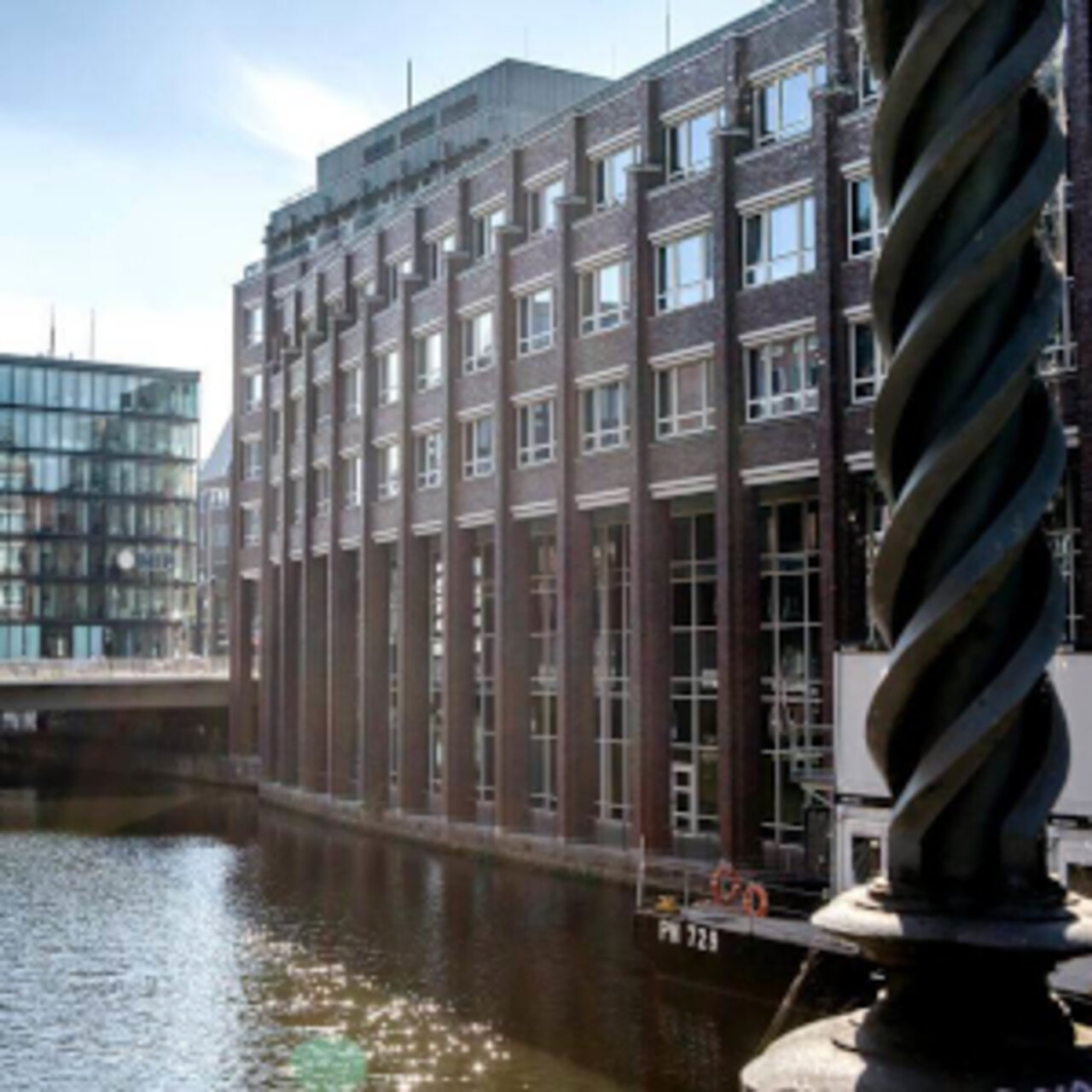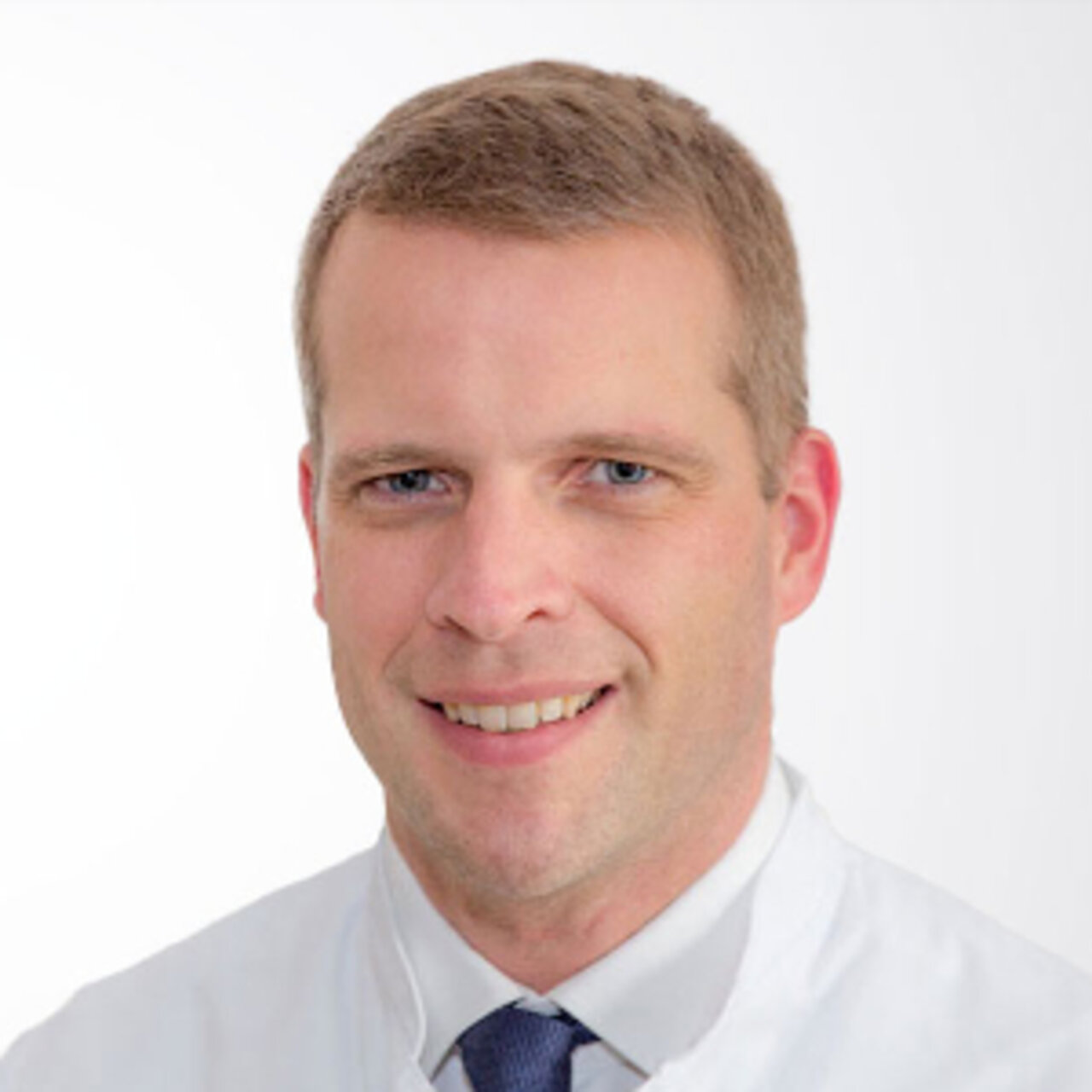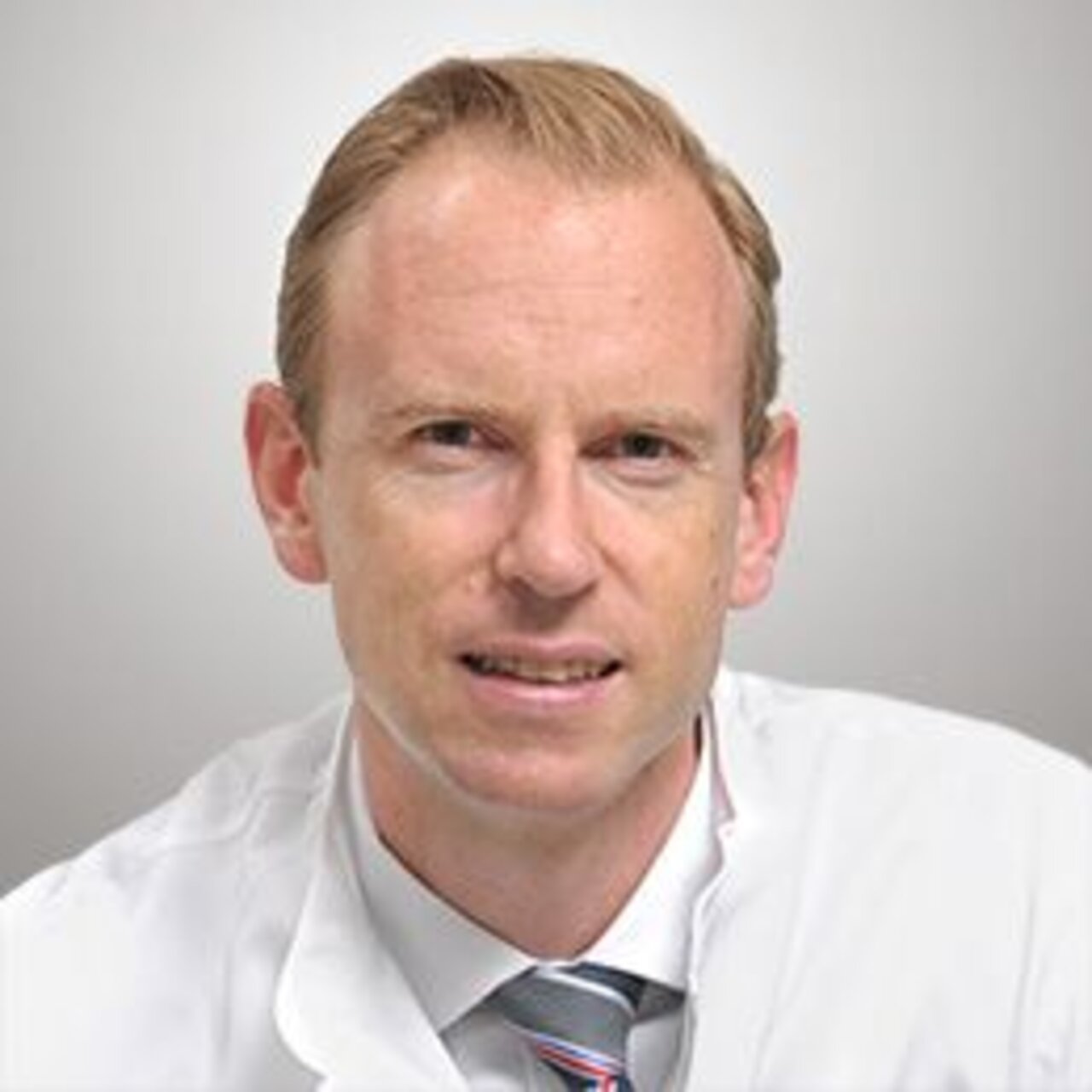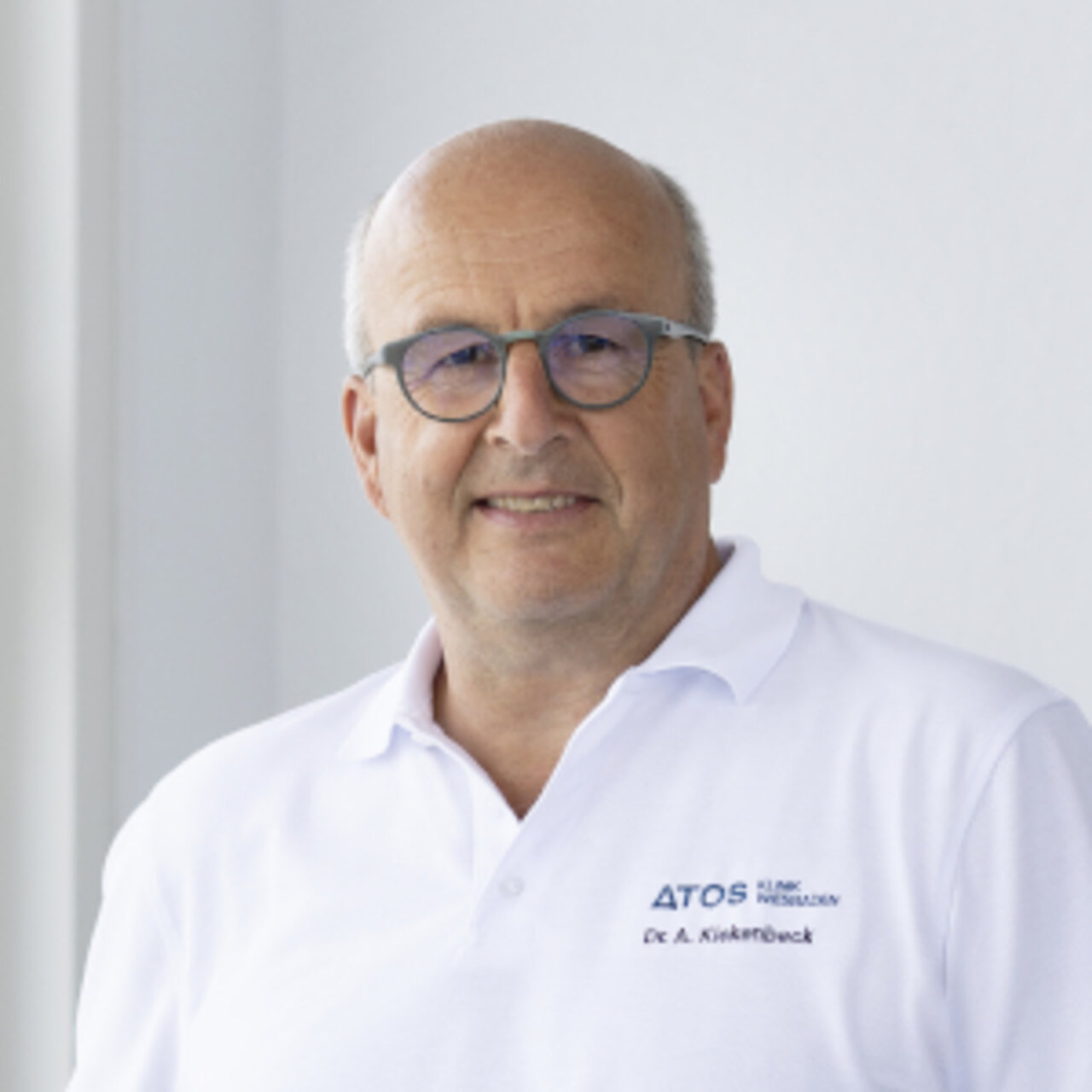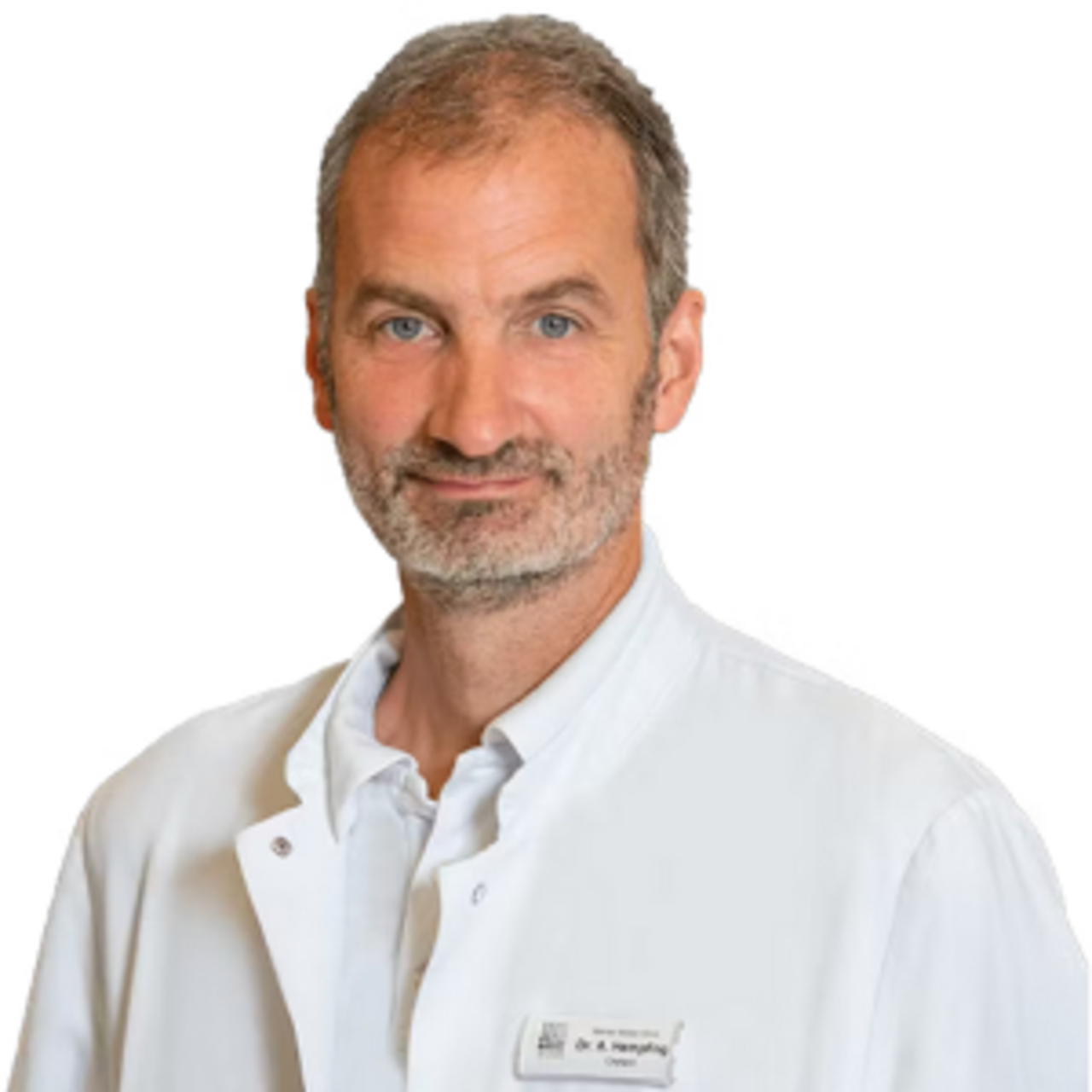Specialists in Shoulder Surgery
7 Specialists found
Center for Shoulder Surgery of the ATOS Clinic Fleetinsel Hamburg
Shoulder and Elbow Surgery
Hamburg
Information About the Field of Shoulder Surgery
What Shoulder Surgery Methods Are Available?
The shoulder joint is a complex joint formed by the humeral head and the glenoid cavity of the scapula. The humeral head is not firmly embedded in the socket, as with the hip joint, but rests on it. The shoulder also includes the acromioclavicular joint formed by the clavicle and acromion (bony projection of the scapula), also known as the acromioclavicular joint. The shoulder joint achieves the necessary stability primarily through connecting several muscles and their tendons (called the rotator cuff), various ligaments, and a labrum. The joint is encased in a relatively thin capsule, and the joint surfaces are covered with a layer of cartilage. This gives the shoulder joint great freedom of movement, but on the other hand, it is particularly susceptible to injuries and signs of degeneration.
In shoulder surgery, a distinction can be made between two different techniques.
Minimally invasive arthroscopy using the keyhole principle is based on small skin incisions through which a high-resolution camera and special instruments and implants can be placed. It is used, for example, for injuries to the rotator cuff, labrum, biceps tendon, or chronic diseases such as calcification, bursitis, or narrowed conditions under the acromion.
Open surgery is used, among others, for fractures, artificial joint replacements, or complicated soft tissue injuries.
For Which Diseases or Injuries is Shoulder Surgery Necessary?
There is no general indication for surgery and the patient's state of health and athletic, social, and professional conditions. Therefore, the attending physician determines whether surgery should be carried out by taking the patient's medical history and examining the shoulder joint. Imaging procedures such as X-ray, ultrasound, computed tomography, and MRI examination support the diagnosis and indication for surgery.
However, in everyday clinical practice, there are numerous shoulder injuries and conditions typically operated on.
Rotator cuff ruptures can result from acute injuries or long-term degeneration that initially weakens the tendons or muscles, ultimately causing them to tear. The supraspinatus tendon, a rotator cuff muscle, is most commonly affected. A rotator cuff tear does not always necessarily require surgery. This injury is often inconspicuous, especially in older patients, whose rotator cuff tears are usually caused by degeneration and patients do not show any symptoms. If pain or functional limitations of the shoulder occur, conservative treatment often provides relief, focusing on physiotherapeutic care to mobilize and strengthen the muscular system. In younger patients, who can also be affected by rotator cuff tears, the injury is more often caused by an accident. In this group of patients, functional limitations, loss of strength, and pain symptoms are recorded in most cases, which usually cannot be remedied by conservative therapy alone. Therefore, younger patients are much more urgently advised to undergo surgery.
Rotator cuff wear is often driven by constriction in the subacromial space, which is the space under the acromion. As a result, particularly during overhead movements, the tendon attachment becomes jammed, resulting in inflammatory and degenerative changes. To stop this process, the acromion can be abraded arthroscopically on its underside using a special reamer so that the space is enlarged and damage to the rotator cuff is prevented. This so-called subacromial decompression is often combined with other surgeries, such as suturing the rotator cuff.
Calcium deposits in the rotator cuff are a frequently observed clinical picture of the shoulder and are characterized by calcium deposits that usually settle in the supraspinatus tendon. They can develop without any apparent cause or accompany chronic wear and tear. A calcified shoulder is noticeable in patients by spontaneous onset of sometimes severe pain or pain after exertion (especially after overhead movements). All conservative alternatives such as physiotherapy, independent exercises, or shock wave therapy should be explored. If all measures remain unsuccessful, the indication for minimally invasive removal of the calcific deposits may be given.
The acromioclavicular joint (ACG) is frequently affected by signs of wear, up to and including complete osteoarthritis. In addition, acute sports injuries can also damage the ACG; this is called acromioclavicular joint dislocation in more severe cases. Although both diseases affect the same joint, the therapies differ. Wear-related arthritis can be operated on using the open technique, but minimally invasive arthroscopic resection of the ACG is most commonly performed. This means that the joint portions of both bones are milled off, but the ligaments are preserved to a large extent. Minor ACG injuries can often be treated conservatively by immobilizing a unique sling. Still, more severe injuries such as acromioclavicular joint dislocation require early surgical treatment, especially in younger patients. These surgeries aim to stabilize the ACG using wires, plates, or grafted autologous material in the form of tendons attached to metal implants.
Older patients in particular often suffer from wear and tear of the shoulder joint, which peaks in irreparable arthrosis in the final stage. Depending on the patient's pain symptoms and functional limitations, conservative therapy can initially be initiated to delay the need for surgery. However, due to the irreversible damage to the joint, the only surgical option left is an artificial joint replacement.
Procedure and Duration of Shoulder Surgery
The procedure and duration of various shoulder surgeries differ and ultimately depend on other individual factors and the severity of the injury.
Arthroscopic surgeries have numerous similarities despite different surgical goals. Patients are usually positioned either sideways on their healthy side facing the monitor or in the so-called "beach chair" position, i.e., in a hinted supine position with hips and knees bent, which ultimately resembles the position in a beach chair. Several small skin incisions are made on the indication, which serves as an access route for instruments and cameras into the shoulder joint. The joint is filled with a germ-free saline solution to optimize visibility and create space. Video is transmitted in real-time on a high-resolution monitor, allowing the surgeon to insert the instruments in a visually magnified manner. More uncomplicated surgeries, such as subacromial decompressions or acromioclavicular joint resections, typically require up to 3 small skin incisions and 30 minutes to an hour. More complex surgeries, such as rotator cuff suturing, require more time and involve multiple skin incisions. First, the edge of the tear must be removed, which is accomplished with a shaver, a device that can remove and suction tissue simultaneously. After the damage can be assessed, implants and robust sutures are used.
In most cases, screws are anchored in the humerus, to which various threads are attached. These can now be precisely twisted through the rotator cuff and tightened to close the hole in the rotator cuff. The goal of the surgery is to achieve good stability and allow the rotator cuff to tighten to its bony anchorage in the long term.
Open surgery on the shoulder involves larger incisions and may take shorter or longer than arthroscopic surgery, depending on the surgical technique.
Healing and Rehabilitation after Shoulder Surgery
Since the small skin incisions and reduced irritation of the surrounding tissue resulting in significantly less structural damage, patients experience much less pain after surgery and can either be treated as outpatients and discharged home the same day or spend only a few nights in the hospital. In addition, the significant advantage of minimally invasive surgery is the rapid initiation of rehabilitation. Depending on the surgery, passive movement of the shoulder can sometimes be started on the first day after surgery, which reduces the risk of complications such as the postoperative frozen shoulder. After that, stringent adherence to the physical therapy regimen is important to achieve the desired weight-bearing capacity early.
The shoulder must be rested significantly longer after open shoulder surgery, which delays rehabilitation. In addition, patients usually complain of more severe postoperative pain.
Which Doctors are Specialists for Shoulder Surgery?
Patients should see an orthopedic surgeon with a surgical focus for acute shoulder injuries or chronic pain and functional limitations.
Every patient who needs a doctor wants the best medical care. Therefore, the patient is wondering where to find the best clinic. As this question cannot be answered objectively, and a reliable doctor would never claim to be the best one, we can only rely on the doctor's experience.
We will help you find an expert for your condition. All listed doctors and clinics have been reviewed by us for their outstanding specialization in shoulder surgery and are awaiting your inquiry or treatment request.
